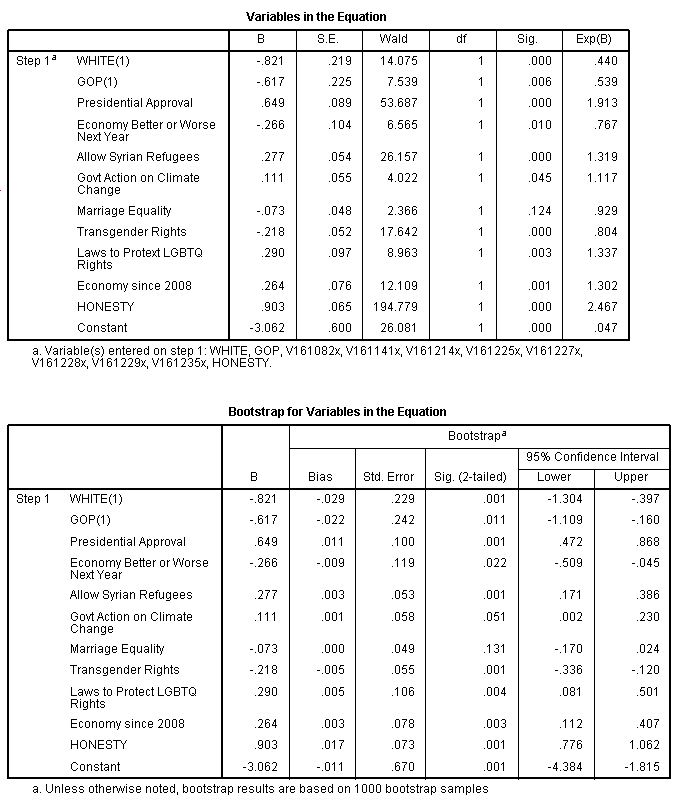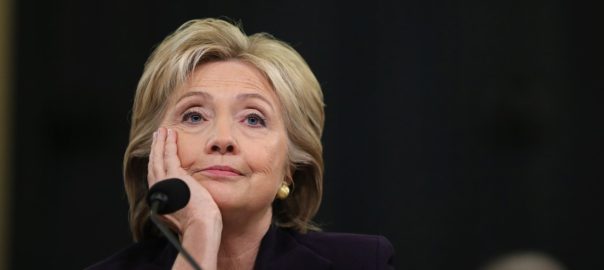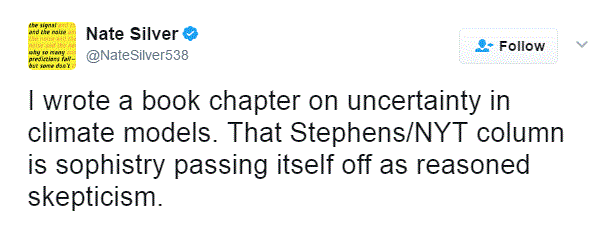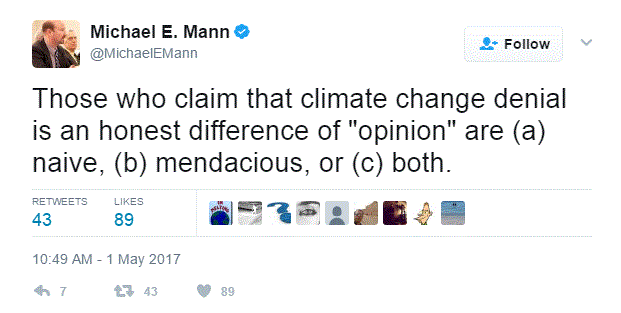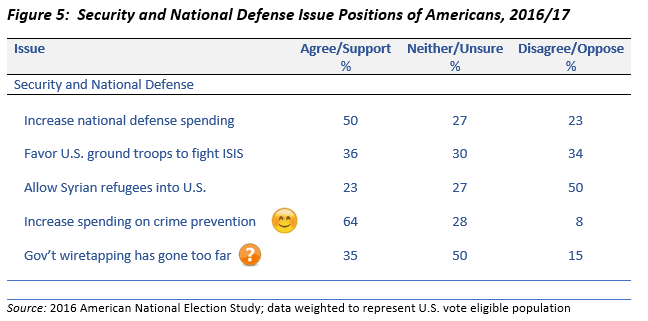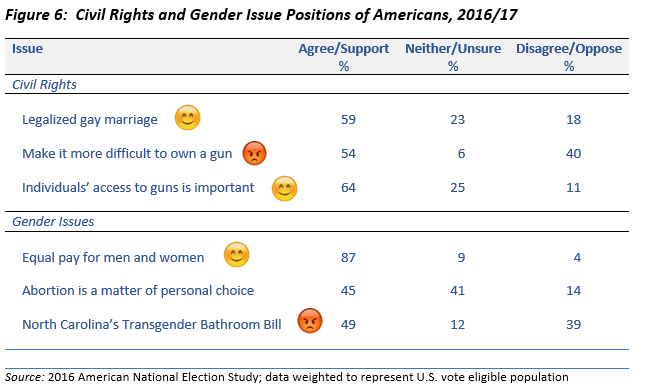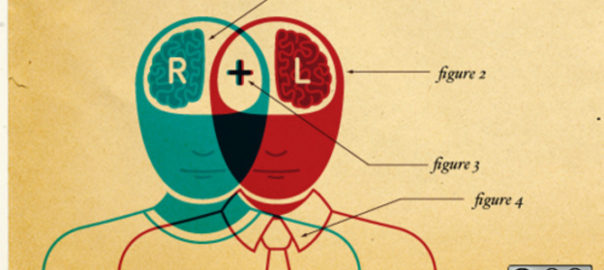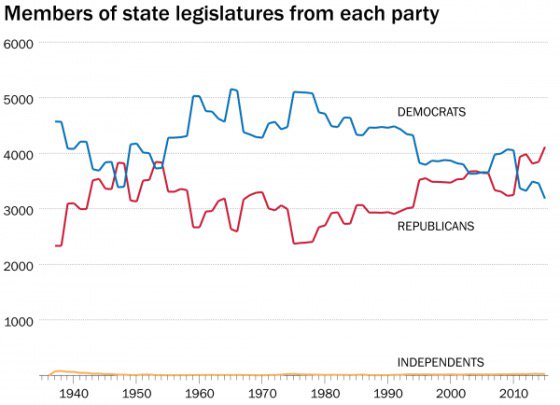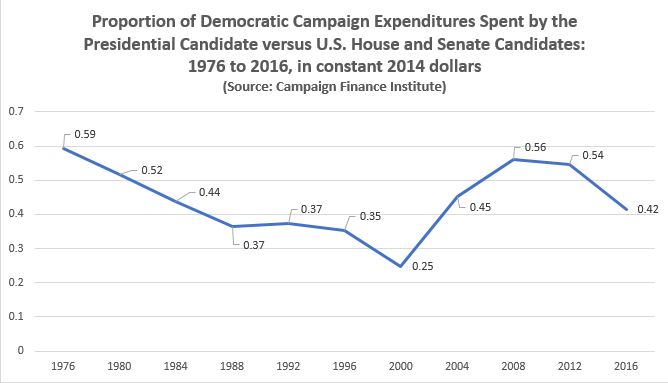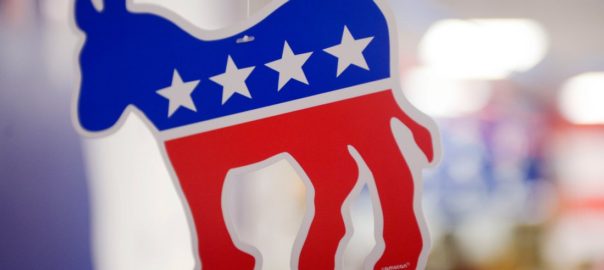By Kent R. Kroeger (Source: NuQum.com, February 8, 2017)
Author’s email: kentkroeger3@gmail.com
I was born a Beatles fan – or so my family tells me. And, as a fan, I find myself occasionally taking current events and asking things like, “What is an eggman?” or “I wonder how John Lennon would describe Donald Trump?”
That second question is an easy one. I think John would call him ‘daft’ or use some other everyday Liverpoolian idiom that an American like me would consider charming and funny.
And then there are times when I’m really bored and seriously overthink about the relevance of The Beatles.
For example, during the halftime of Super Bowl LI when I really thought the game was over, I began to think about how Beatle songs could help the Democrats win more elections.
By the late 3rd Quarter, when Tom Brady was about to bring the Patriots back from the dead, I was in Pepperland. Or, rather, in the no-man’s-land between Pepperland and Trumpland (USA).
It is there that I see the Democrats residing today – at the gates of Trumpland (USA) in a stand-off between The Beatles and their arch enemies, the Blue Meanies and the Apple Bonkers.
Seriously, if you have no idea what I’m talking about, it might be best if you either Google ‘Yellow Submarine movie characters’ or just move on from this essay. For the rest of you, sit back and picture yourself in a boat on a river contemplating how The Beatles can save the Democrats.

Let me take you down…
In an election where Hillary Clinton and Donald Trump took their charm deficits and untrustworthiness to thermonuclear levels and where their surrogates’ daily press avails usually left me feeling sick, I often turned to music to settle my mind down at nights.
It is easy to exaggerate the significance of our favorite songs, but we all have those lyrics or melodies that, for various reasons, bring us back into an emotional equilibrium.
In this last election, I have found the Fab Four especially relevant, particularly with regards to the state of the Democratic Party.
Even as the Democrats are regaining some of their footing as an opposition party to the Trump administration, the cold truth is that they still find themselves out of power in a way they haven’t seen since just prior to the Great Depression. And, inevitably, pundits and experts offer Democrats advice on how to re-emerge from their voter-imposed exile: “Move to the center.” “Don’t move to the center.” “Organize.” “Mobilize.” “Resist!” “Change the message.” “Change the leadership.” And, on and on.
For better or worse, Donald Trump has launched the classic laws of politics into space at escape velocity. We will never see those laws again, leaving the Democrats to ask, “What do we do when the laws of political physics no longer work?
Welcome to Pepperland.
In my experience, during times of disequilibrium, you turn to long-trusted heuristic devices to make sense of events. And for me, that means The Beatles and their hook-driven, aural salves that drown out life’s unsettling noises. And nowhere has Beatles music become more relevant to me than in the realm of politics. Many of the principles I bring to politics are reinforced by a Beatles song, sometimes through a simple lyric, the overall mood the song generates, or an unexpected vocalization (…I still find John’s breathing on the song ‘Girl’ unsettling).
With the cruelty of this past election, and I mean that from both sides of the political aisle, the relevance of The Beatles to our political culture is greater than ever and can, I truly believe, help stabilize a Democratic Party that, according to Ohio congressman Tim Ryan, is lost.
Every Beatles fan has their own carte du jour of Fab Four songs that speak to them personally. My list is specific to me. What wisdom I pull from a song may have nothing to do with the songwriter’s intent. Besides, finding life’s truths from popular music is an apophenic exercise where we often see meaningful patterns from what is, in reality, random nonsense. “I am the eggman, they are the eggmen, I am the Walrus” is not a meaningful statement about anything, including eggs or Walruses. It is nonsense. Funny nonsense. But, nonsense nonetheless.
So, with this caveat, here are the specific political lessons I believe The Beatles offer today’s Democratic Party
Nobody likes taxes!
“If you drive a car, I’ll tax the street
If you try to sit, I’ll tax your seat
If you get too cold, I’ll tax the heat
If you take a walk, I’ll tax your feet”
George Harrison’s song, Taxman, is not subtle. George hated taxes, for good reason.
The top tax rate in Britain when George wrote this song in the mid-1960s was 83 percent. Let that number sink in for a moment. It really is staggering. Yet, at that time, Harold Wilson’s Labour government decided to introduce a supertax rate of 95 percent for extremely high money earners – which The Beatles had become.
There is a good reason John Lennon moved to New York City and fought to get his green card so he could stay there.
Despite the image some have of The Beatles as irreverent prophets of the flower generation, The Beatles, particularly George, had an emphatically middle-class, bourgeois understanding of the world. When George visited San Francisco’s Haight-Ashbury district in the 1967’s Summer of Love, his description of the place when he returned to London was, “It turned out to be just a lot of bums…dropping acid.” Pat Buchanan or Billy Graham could have just easily had that reaction.
My father use to say, “There is no problem the Democrats aren’t willing to use your money to solve.” And he was a Democrat! When I hear politicians, regardless of party, talk about social problems and the budgetary tools at their disposal to address them, George’s Taxman immediately comes to mind. For good reason: Polling in this country consistently shows the resistance of independent voters to raising taxes, increasing spending, or creating new regulations to solve our nation’s problems. You don’t have to agree with them, but understand, these are the people that often decide who wins our elections.
We live in a country where its public debt exceeds its annual GDP – about 105 percent of GDP, according to the most recent estimate by Federal Reserve Bank of St. Louis. Only five other major economies have a larger public debt (in decreasing order): Japan (229%), Greece (179%), Italy (132%), Ireland (118%) and Singapore (111%). Economically, this not good company to keep.
A week after Barack Obama’s 2008 election, amid a deep worldwide recession, Newsweek declared a ‘new era of big government’ had returned. The exact opposite was true and the Democrats have yet to realize this fact. The governments in the advanced economies cannot account for much more of the total economy than they already do. There is no money to build a wall between the U.S. and Mexico. You can talk about a $1 trillion infrastructure program all you want, but it is not going to happen in today’s economic reality. We, the U.S., do not have $1 trillion to spare for infrastructure.
Republicans say it’s a tax-and-spend problem; Democrats says the top 1 percent aren’t paying their fair share. In truth, it’s a problem they jointly created and perpetuate. So, my advice to the Democrats is to listen to George’s Taxman where he takes on the government’s voice, “Should five percent appear too small, be thankful I don’t take it all.” Voters know what George was talking about – the government will take it all — if you let them.
When the marching is done, can you show us a plan?
John Lennon’s Revolution, written in 1968, was The Beatles’ second overt political song and probably the band’s most dissected.
“You say you want a revolution
Well, you know
We all want to change the world
…But when you talk about destruction
Don’t you know that you can count me out”
You say you got a real solution
Well, you know
We’d all love to see the plan
You ask me for a contribution
Well, you know
We’re all doing what we can
But if you want money for people with minds that hate
All I can tell you is brother you have to wait
Don’t you know it’s gonna be alright?”
These lyrics hardly sound like those of a leftist revolutionary. They weren’t. The song’s overt skepticism about the U.S. antiwar movement led many self-described “Trotskyist,” “Leninist” and “Maoist” activists to spurn Lennon (and the Beatles) in the last 1960s. The Rolling Stones’ Street Fighting Man was much more to their liking.
Though Lennon was hardly a conservative, he had the common sense to put a substantive gap between his personal views and those of the radical left.
Lennon, like his fellow Beatles, grew up a working-class kid with the political sensibilities that came with such an upbringing. Since his single mother couldn’t take care of him, John was raised by his aunt and uncle, Mimi and George Smith, the latter making his career in the bookmaking business. John’s uncle would ultimately gamble away the family’s meager savings and John took that experience with him as he gained his own substantial wealth. In fact, as John’s fortunes grew, more and more political groups would ask him for financial support, assuming his left-leaning politics meant he would happily part with his newly-acquired financial largess. They would be disappointed. He was more than happy to donate a song (e.g., “Give Peace a Chance”), but give money? Don’t forget one of John’s favorite childhood songs was Berry Gordy’s Motown song, Money, which included the lyric: ‘Money don’t get everything, it’s true, but what it don’t get, I can’t use. I need money, that’s what I want.’
British journalist, Maurice Hindle, who first interviewed Lennon in 1968, said “Lennon much regretted his earlier associations with the radical left.” The song Revolution was Lennon’s sharp reply to these activists that he viewed as directionless and inherently prone to violence.
If I were the Democrats, I would share Lennon’s skepticism when viewing today’s resistance movement against the Trump administration. This is not the same as saying that the Democrats shouldn’t oppose Trump. Of course, when appropriate, they should. But, what it means is keeping the “resist movement” at a safe distance and even as you borrow its energy.
But Revolution’s most poignant line is in its chorus: “Don’t you know it’s gonna be alright?” If there is one message The Beatles can impart to partisan activists of all persuasions, it is that even where serious problems persist, very few of them are existential.
When I hear this Lennon line, I immediately think about global overpopulation. Really, I do.
While appearing on The Dick Cavett Show in 1971, John Lennon was asked by a female audience member about whether he was concerned about overpopulation. Lennon’s answer surprised her and Cavett: “I don’t really believe it,” Lennon said. “I think whatever happens will balance itself out. It’s alright for us all living to say, ‘Well, there’s enough of us so we won’t have any more.’. I don’t believe in that.”
The issue of overpopulation was popular on the Left in 1971. Three years earlier, Stanford biologist Dr. Paul Ehrlich predicted in his book, “The Population Bomb,” that half of Americans would die by the late 1980s due to overpopulation and the resulting famine.
Over 40 years removed from Lennon’s critique of Ehrlich’s overpopulation thesis, the intuition of an art school-educated rock star was far more accurate than that of the Stanford biologist.
I can’t help but wonder what Lennon’s reaction would be to the current global warming debate. I suspect he would have a similar reaction as he did to overpopulation.
Don’t get me wrong, I do believe the science on global warming. The current rise in global temperatures is real and is primarily caused by human activities. Since the start of the industrial revolution, the planet’s average temperature has risen about 1° Celsius. Scientists predict the next 1° Celsius increase will occur between 2040 and 2100, depending on the climatological prediction model you choose.
The likely consequences of global warming will be more and deadlier summer heatwaves, higher sea levels forcing significant changes for people living along shorelines, more and longer droughts leaving the world’s agricultural output under increased stress, and increased numbers and durations of famines and water shortages. All bad outcomes that should be addressed now through smarter, forward-thinking energy use policies, particularly by the largest economies. But, the following is also true. Our nation – our planet – will survive global warming. Environmental activists want you to believe otherwise because if you do, you are more likely to give them your money to spend on saving the planet.
Here’s the downside to an overly aggressive climate change policy agenda and why the Democrats need to keep the climate change militants at arm’s length. Climate change policies disproportionately hurt poor people that depend on cheap energy to move themselves out of poverty. Due to even the possibility of this economic consequence, you are not going to see China, India or Brazil move fast enough on converting to renewable energy. Carbon credits will not change this economic outcome, either, even if some of the revenues raised go to reducing the impact of higher energy costs on lower-income households.
Adding to the intransigence of the climate change movement, the climate scientists refuse to acknowledge two of their own facts: (1) Their ability to predict global temperatures is deeply flawed given past performance (though it is getting better), (2) and this ability falls off a cliff when they try to predict higher order effects. The science of climate change begs for caution, not reckless investments in technologies that are still decades away from practical deployment and levels of regulation that will undoubtedly harm the economy, if only through their impact on energy costs and job growth.
If the climate change activists really believed what they peddle, they would be at the front of the line begging the advanced economies to balance their government budgets NOW so that we will have the monetary resources available when the actual consequences of global warming are realized.
So, Democrats, fell free to worry about American energy policy. It does matter and we can change the world for the better if we change our energy consumption behavior. But you are going to fail in attracting the support of most Americans if you try to turn the dubious scare tactics of today’s versions of Dr. Ehrlich into a national energy policy. The extreme predictions are probably wrong and to spend public money based on those predictions will waster more money than it saves. So, when you feel the urge to label some Republican congressperson as an ignorant “climate change denier,” I hope you hear John Lennon’s words: “Don’t you know it’s gonna be alright?”
To know your enemies is to know yourself
With a nod to Chinese philosopher Sun Tzu, Lennon and McCartney’s lyrics often had an introspective quality that allowed for some healthy self-critiques, even as they were making broader social criticisms.
That is why I’ve always found Lennon’s Nowhere Man and McCartney’s The Fool on the Hill to be nice companion pieces, even though written years apart. Each song contains a lyrical twist of perspective that makes the listener look back at themselves just as they’ve become comfortable judging the nowhere man and the fool on the hill:
Doesn’t have a point of view
Knows not where he’s going to
Isn’t he a bit like you and me?
Nowhere man please listen
He never listens to them
He knows that they’re the fools
They don’t like him —The fool on the hill
Sun Tzu’s point was that you won’t make big mistakes (in war) if you are aware of both your enemies’ motivations and abilities as well as your own. But I think the Lennon and McCartney spin Is even more profound in that Lennon’s Nowhere Man calls for our own humility to temper our tendency to judge others. McCartney’s Fool on the Hill, likewise, shows empathy for the beleaguered target of the people’s ire.
Both are beautiful statements with relevance to politics which is all about judgments — often harsh in nature and effect. In the real world of politics, there are winners and losers and people are dedicated on both sides to fight the ‘good fight’ to the bitter end. In Trumpland (USA) compromise and humility is for losers, literally.
If you’ve spent any meaningful time on Twitter or Facebook and tried to have a civil political conversation about a topic-of-the-day, you’ve undoubtedly experienced this: Mean, ugly people. Strict partisans unwilling to even consider your point of view as it is a direct attack on their self-esteem and is promptly rejected, often punctuated with a lively dash of F-bombs and other forms of profanity and ill-will.
In practical terms, the lessons from Nowhere Man and The Fool on the Hill are simple to articulate but hard to implement. The next time you argue a Democratic position, such as ‘pro-choice,’ attempt to not only understand the ‘pro-life’ argument, but spend time marinating in it. Read about it and live it. Argue its central tenants with your ‘pro-choice’ friends. Remove yourself from the argument and dive into someone’s point of view, regardless of your perception of its legitimacy. Its more than just the “walking in another person’s shoes” aphorism. It’s the conscious removal of one’s own biases and experiences from the question at hand and doing so without condescension or pre-judgment. Easy said, but hard to do.
For the Democrats to unilaterally break the rhetorical toxins that have polluted the well of American political discourse, I suggest a little Nowhere Man humility and Foot on the Hill empathy. Try it and it might help break our current political logjam. And I believe the party that breaks this logjam will be rewarded by the voters.
Democrats: Problems are best resolved locally
For those of us that know what an ‘A-side and B-side of a 45’ means, there is no single music record as influential in the Pop Music-era as The Beatles’ Penny Lane/Strawberry Fields Forever. Released February 1967, prior to the Summer of Love, these two songs represented Lennon and McCartney at the peak of their creative talent and worldwide influence. They were at the top– the tippermost of the toppermost, as they would say.
For political wisdom, people often refer to John’s line in Strawberry Fields that goes: “Living is easy with eyes closed; misunderstanding all you see.” And, while that is a great line with obvious political meaning, that is not what comes to my mind for me.
I find the relevance of those two songs in that Lennon and McCartney were writing specifically about their childhood homes and their common roots. And not just as a nostalgic indulgence for two men that were now the most famous people to ever come from Liverpool, England. [The Titanic doesn’t count as it was a ship]. The two songs are charming and evocative:
In Penny Lane there is a fireman with an hourglass,
And in his pocket is a portrait of the Queen.
He likes to keep his fire engine clean,
It’s a clean machine.
Let me take you down
‘Cause I’m going to Strawberry Fields
Nothing is real
And nothing to get hung about
Strawberry Fields forever
When I hear the two songs today, I know they are singing about Liverpool, but in my mind I see my hometown, Cedar Falls, Iowa. I’m 10-years-old and in my friend’s unfinished basement roller skating on the concrete floor as we play Strawberry Fields Forever over and over and over again. With each listening, trying to decide, is Paul really dead? Is John really singing, “I buried Paul.” What is LSD?
More pertinent to the discussion at hand, these two songs also remind me of a time when problems were solved and they stayed that way. I broke the neighbor’s window. I earned the money to fix it. Speaker of the House Tip O’Neill is famous for saying, “All politics is local.” I would offer this addendum: All problems are local.
Of course, neither statement is exactly true. However, I believe they offer a wisdom that today’s Democrats tend to reject for the wrong reasons. [Note: If your Twitter account description includes anything like: “Resist!”, “I’m with Her” or “He’s not my President,” you may need to skip to the next paragraph. Consider yourself warned.] Here it goes: The federal government does not solve problems. It institutionalizes problems. It builds a bureaucracy around problems and constantly reminds us about how great they are at solving these problems while at the same time telling us these problems will not go away until we build an even bigger bureaucracy around these same problems. Yes, we have cleaner water today than we did 50 years ago — unless, of course, you live in Flint, Michigan. And, yes, we did beat the tar out of the Nazis. But, generally, the endemic problems – poverty, the national debt, crime, terrorism – never go away. And the federal government will never make them go away. I’ll take bets on that right now.
Donald Trump is the visceral reaction of a large percentage of the population (about 46 percent of the population) to this realization regarding the inefficacy of the federal government. They just aren’t buying the con anymore – and it is not just angry white men or the women that marry them that are saying this to our political leaders. As a pollster, I’m hearing similar sentiments across a diverse swath of the American populace. Black and Hispanic voters are saying the same things, they’re just not voting in large numbers for Republicans…yet.
I view the current state of the Democratic Party as a branding problem. To be frank, their brand is stale and outdated. Even as with each day we learn that Donald Trump and his closest advisers do not know how to run an executive branch of government, the fact remains that the Democrats are not going to fully reap the benefits of any future Trump mistakes without a brand update. The Democrats remain moored to the dock of ‘big government’ and independent voters are not about to let them walk away from this image. And Democratic leaders like Nancy Pelosi, Chuck Schumer, Bernie Sanders and Elizabeth Warren show no inclination to walk away from this image.
But they must. The economic realities have changed. The Trump administration will not be able to take the U.S. economy back to the 1950s. At the same time, the Democrats can no longer attack every social problem with a government-focused response. We can’t simultaneously fight a hot war in Asia, a Cold War with Russia, and a War on Poverty back home as we did in the 1960s. In the remainder of our political lifetimes, the trend is towards moving solutions to the local level because that is where they are more likely to get solved. Yet, the very idea of localism turns many Democrats red-in-the-face because it means taking power away from the party’s Washington, D.C. elites. To them, localism means surrender.
Yet, for the Democrats to be perceived as they party that can solve problems, they must return home. They must regain power by going local. That doesn’t mean ceding control of the federal government to the Republicans. It does mean changing the party’s current DNA programming that dedicates itself to pushing as many resources as possible to the federal level.
And, no, this is not a call for the Democrats to do more grassroots organizing. The last time grassroots organizing made any real difference it was led by an impossibly handsome guy in comfortable footwear named Jesus Christ. And, in the end, the government got him too. OK, Martin Luther King also led a successful grassroots effort. But, Democrats, I don’t know if you’ve noticed, there is no Martin Luther King-level talent in your party right now. I love Bernie Sanders. He is genuine and it says a lot about him that even when I disagree with him I still like him. He doesn’t lie. However, Bernie is not the Democrats’ way forward. Not unless you are prepared to cut the Department of Defense budget it half. I’m not.
Instead, the Democrats need to organically reconnect with voters. Find local solutions to national problems (health care, voting rights, Planned Parenthood, student debt, etc.). Democrats, each of you must go home and find your own Penny Lane.
At the end of the day politics is about making people’s lives better
I shared my thoughts on this essay with my wife, who happens to be a liberal Democrat right out of central casting: A Unitarian. A Ph.D. in French literature. Finds ways to work tofu into everything we eat.
Her reaction to my Beatles-thesis was immediate: “You can’t ask Democrats to stop being themselves, to stop acting on their values. We don’t need a second Republican Party that just wants limited government and lower taxes.”
She is right. The Democrats aren’t going to become the party of limited government. Which brings me to one of The Beatles’ great signature songs, Hey Jude. The McCartney-penned anthem was originally meant to be a tender ballad of encouragement for John’s son, Julian, who was in the middle of his parent’s divorce at the time. It’s the first verse in the song that, for me, summons the most meaning:
Hey Jude, don’t make it bad,
Take a sad song and make it better.
Don’t carry the world upon your shoulders
For well you know that it’s a fool who plays it cool
By making his world a little colder
There you have it. Whatever the Democrats and its leadership decide about the path forward, you cannot go wrong by occasionally asking yourself, “Am I really making things better or am I just making the world a little colder? Maybe that question and its answer doesn’t change a single thing you believe or do. Nonetheless, I believe if you genuinely put in the effort to answer the question in an intellectually honest manner, you may be surprised at what you find out about yourself and your party.
The Democrats have done many great things. Social Security. Medicare. Voting Rights. Anti-Discrimination laws. Pell Grants. Unemployment insurance. But that is all very much in the past. Defending those programs and rights are important, but I do not believe, collectively, they inspire most Americans anymore.
Instead, you need to clear some intellectual brush to create a new path for the next generation of Democrats. And, in that effort, take a journey back to Pepperland so you will remember these simple political truths: (1) People don’t like taxes (and the big government that comes with it), (2) you should not trust ideological militants, (3) ask for a plan, (4) doomsday predictions are always wrong, (5) show genuine humility and empathy even as you criticize others, (6) start problem-solving from the premise that ‘all solutions are local,’ (7) always try to make things better, (8) and, figuratively speaking, don’t make your world colder.
So, there you go Democrats. The Beatles just solved your party’s problems by giving you eight simple rules to follow going forward. Donald Trump typically violates at least five of them with every tweet.
Author’s email: kentkroeger3@gmail.com




